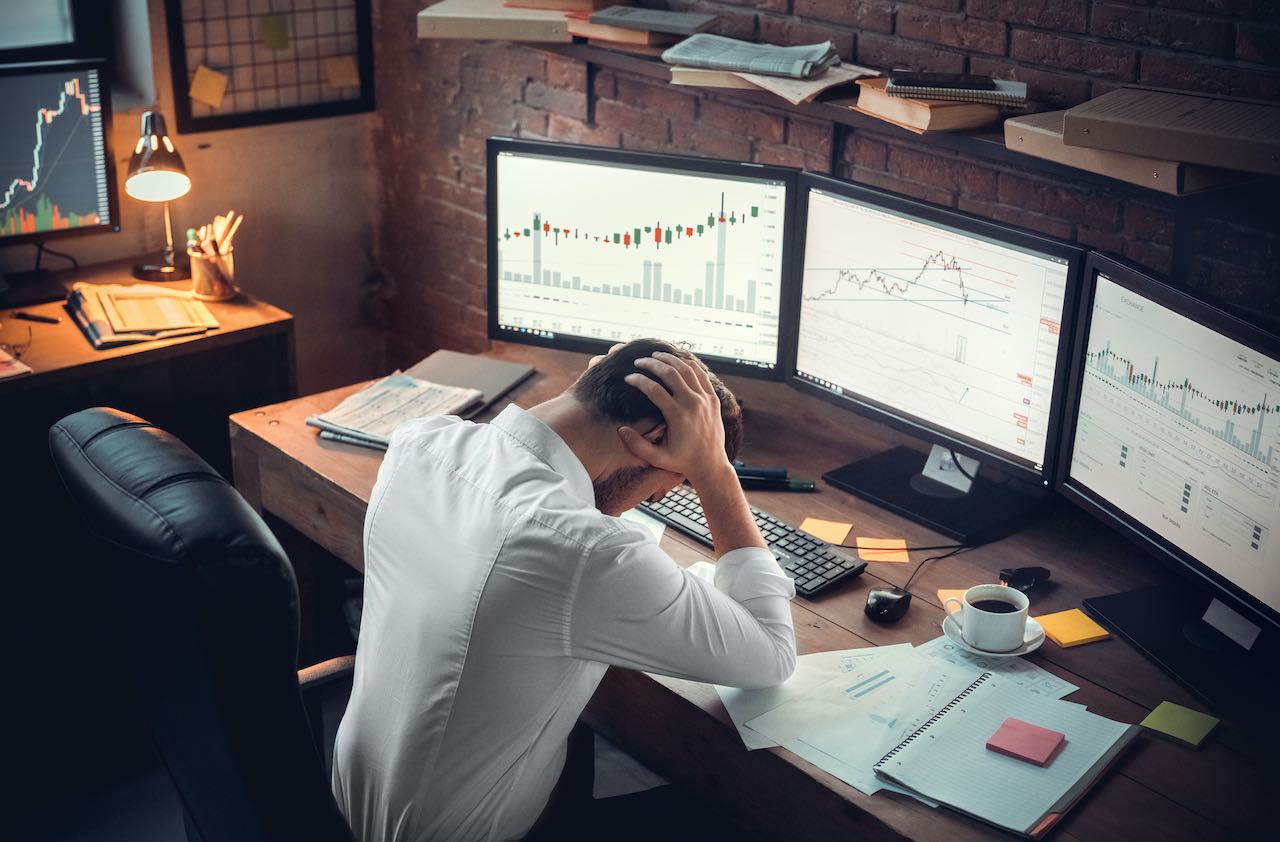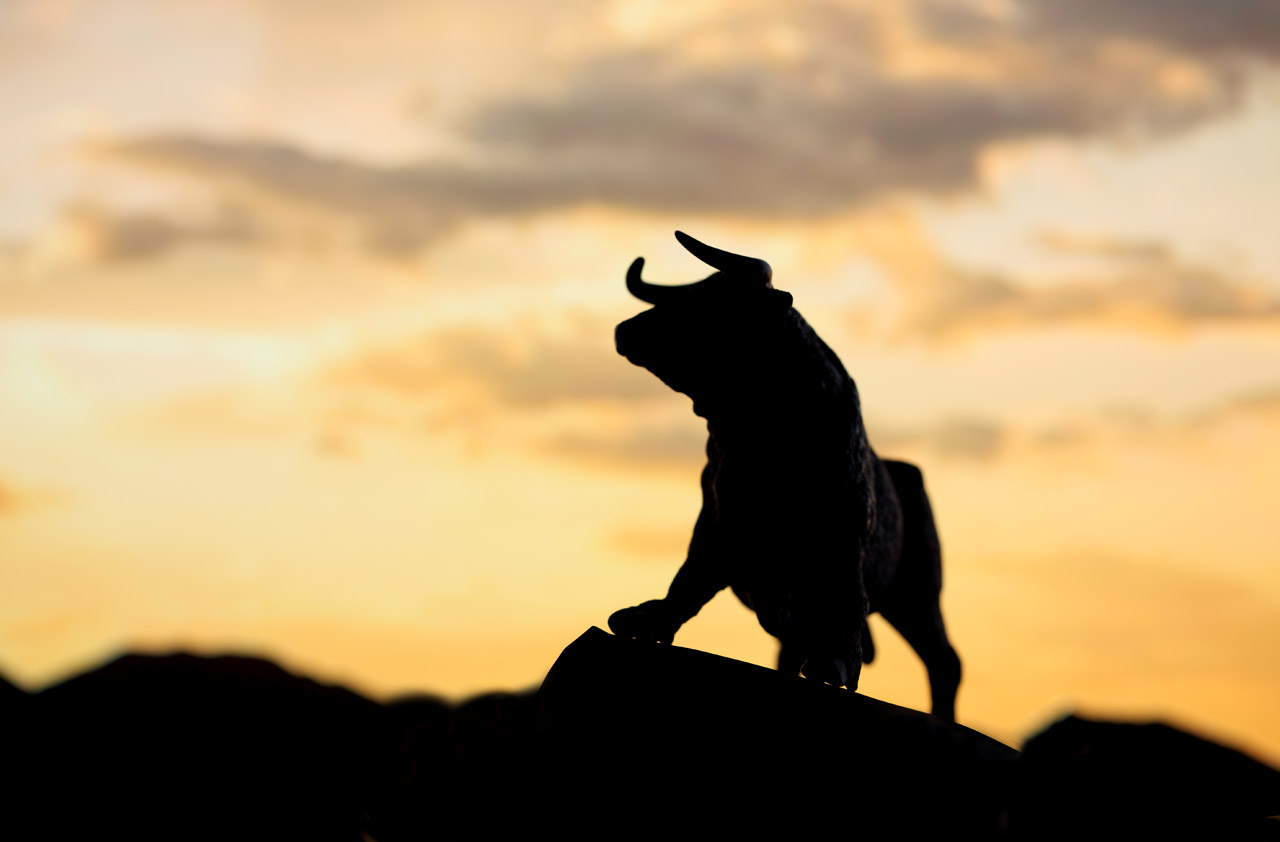5 Great ETFs for 2015
These exchange-traded funds promise to do as well as their mutual-fund counterparts at a fraction of the cost

Exchange-traded funds continue to proliferate like kudzu. Many of them invest in overly narrow market niches or charge excessive fees. But if you look carefully, you can find dirt-cheap ETFs that will do at least as well as traditional mutual funds that often charge more. With ETFs, you get to pocket the cost savings in the form of higher returns.
I don't consider the picks described in this article to be buy-and-hold investments. I think U.S. and foreign stocks will earn you money in 2015, but plainly U.S. stocks are no longer cheap, and foreign economies—both developed and emerging—face strong headwinds. Meanwhile, bonds look wildly overpriced to me (see 5 Great Bond Funds for 2015).
The bottom line: Beating the market isn't nearly as important as not getting creamed. That means sticking mainly to blue chips both here and abroad, taking special care in emerging markets and limiting interest-rate sensitivity in bonds.

Sign up for Kiplinger’s Free E-Newsletters
Profit and prosper with the best of expert advice on investing, taxes, retirement, personal finance and more - straight to your e-mail.
Profit and prosper with the best of expert advice - straight to your e-mail.
With that in mind, below are my five favorite ETFs—in no particular order.
Compared with Morningstar's widely known and admired fund research, the firm's stock research gets short shrift. But Morningstar's stock research is equally as good. Market Vectors Morningstar Wide Moat ETF (symbol MOAT) draws on the work of the firm's 100-plus stock analysts. Each quarter they collectively pick for this ETF the 20 companies with large and sustainable competitive advantages that are trading at the widest discounts to their estimates of fair value. The ETF launched in 2012, but an exchange-traded note that is based on the same methodology has been around since 2007. Largely because it holds so few stocks and can heavily overweight sectors, the ETN has been about 20% more volatile than Standard & Poor's 500-stock index. But because the stocks are of such high quality, the ETN has held up reasonably well in lousy markets, such as the 2007-09 bear market and the 2011 correction. Since its inception in 2007, the ETN returned an annualized 11.1%—an average of 4.6 percentage points better than Standard & Poor's 500-stock index. The ETF charges annual expenses of 0.49%. (All returns in this article are through December 18, unless otherwise noted.)
Keeping things simple and sticking to a strict discipline is a recipe for successful investing. Consider Vanguard Dividend Appreciation (VIG). It tracks the Nasdaq U.S. Dividend Achievers Select index, which includes only companies that have hiked their dividends for at least 10 straight years. The index also excludes companies with weak balance sheets or unsustainable dividend policies. The stocks are weighted by market value (share price times number of shares outstanding). The high-quality portfolio that results tends to overweight consumer and health care stocks. The ETF yields just 2.0% but returned an annualized 8.0% since its inception in 2006—an average of 0.3-percentage point per year more than the S&P 500. Like Morningstar's ETF, the fund held up better than most in the 2007-09 and 2011 downturns. Expenses are a mere 0.10% annually.
Since 2011, emerging markets have been terrific places to lose money. Over the past four years, the MSCI Emerging Markets index has returned an annualized –1.6%. I still buy the long-term emerging-markets growth story, but I'm pulling in my horns. Rather than investing in an ETF that tracks the MSCI Emerging Markets index, I favor iShares MSCI Emerging Markets Minimum Volatility (EEMV), which promises a gentler ride in this treacherous sector. Since its inception in late 2011, the ETF has handily beaten the MSCI index in each calendar year (including so far in 2014). During that stretch, it returned an annualized 7.3%—an average of 4.1 percentage points more than the MSCI index. The ETF invests in the 200 least-volatile stocks from the MSCI benchmark and employs a number of screens to ensure sector and geographic diversification. The portfolio overweights health care, consumer staples and utilities, but it doesn't look markedly different from the index—except that it's less volatile. Annual expenses are 0.25%.
One of the most important lessons of investing is also one of hardest for many people to grasp: By the time you hear news about a company or a country, it's probably already reflected in stock prices. Yes, Europe and Japan are a mess, but investors know that. That's why their stocks are much cheaper than U.S. stocks based on earnings, sales and practically every other measure. What's more, a lot of companies in developed foreign lands derive most of their sales from the U.S. and healthier emerging nations.
So I'll take my developed-world foreign stocks straight up in 2015. Vanguard FTSE Developed Markets index (VEA) gives you the developed world, minus North America, for just 0.09% annually. Europe accounts for 60% of the fund's assets, with the rest in Asia. Japan, at 22% of assets, gets the largest weighting of any country; Great Britain is next, with 20%.
Every portfolio needs a bond fund to provide ballast—even in 2015, when bond yields, which move in the opposite direction from bond prices, will probably rise. Fortunately for ETF investors, Fidelity, which does bonds well, recently launched several actively managed bond ETFs. My pick, Fidelity Total Bond (FBND), is run very similarly to Fidelity Total Bond Fund (FTBFX), a mutual fund that is a member of the Kiplinger 25. I think this ETF gives you decent current income while limiting interest-rate risk. If yields were to rise one percentage point, the ETF would lose 5.3% of its value. But the fund yields 3.1%, so the loss wouldn't be as painful as the decline in the share price suggests. The ETF's average credit quality is triple-B, and annual expenses are 0.45%.
As far as allocation, an investor at least 10 years from retirement should put 30% in the bond ETF, 30% in Vanguard Dividend Appreciation, 25% in the Morningstar ETF, 10% in the Vanguard Developed Markets ETF and 5% in the emerging-markets ETF.
In my next column, I'll reveal my picks for the best broker-sold funds for 2015.
Steve Goldberg is an investment adviser in the Washington, D.C., area.
Get Kiplinger Today newsletter — free
Profit and prosper with the best of Kiplinger's advice on investing, taxes, retirement, personal finance and much more. Delivered daily. Enter your email in the box and click Sign Me Up.

-
 2026 Disney Dining Plan Returns: Free Dining for Kids & Resort Benefits
2026 Disney Dining Plan Returns: Free Dining for Kids & Resort BenefitsPlan your 2026 Walt Disney World vacation now. Learn about the returning Disney Dining Plan, how kids aged three to nine eat free, and the exclusive benefits of staying at a Disney Resort hotel.
By Carla Ayers
-
 How Can Investors Profit From AI's Energy Use?
How Can Investors Profit From AI's Energy Use?Global energy demand is expected to grow by leaps and bounds over the next several years as AI usage accelerates. Here's how to get a piece of the pie.
By Jacob Schroeder
-
 ESG Gives Russia the Cold Shoulder, Too
ESG Gives Russia the Cold Shoulder, TooESG MSCI jumped on the Russia dogpile this week, reducing the country's ESG government rating to the lowest possible level.
By Ellen Kennedy
-
 Morningstar Fund Ratings Adopt a Stricter Curve
Morningstar Fund Ratings Adopt a Stricter Curveinvesting Morningstar is in the middle of revamping its fund analysts' methodology. Can they beat the indices?
By Steven Goldberg
-
 Market Timing: The Importance of Doing Nothing
Market Timing: The Importance of Doing NothingInvestor Psychology Investors, as a whole, actually earn less than the funds that they invest in. Here’s how to avoid that fate.
By Steven Goldberg
-
 Commission-Free Trades: A Bad Deal for Investors
Commission-Free Trades: A Bad Deal for Investorsinvesting Four of the biggest online brokers just cut their commissions to $0 per transaction. Be careful, or you could be a big loser.
By Steven Goldberg
-
 Vanguard Dividend Growth Reopens. Enter at Will.
Vanguard Dividend Growth Reopens. Enter at Will.investing Why you should consider investing in this terrific fund now.
By Steven Goldberg
-
 Health Care Stocks: Buy Them While They're Down
Health Care Stocks: Buy Them While They're Downinvesting Why this sector should outperform for years to come
By Steven Goldberg
-
 Buy Marijuana Stocks Now? You'd Have to Be Stoned.
Buy Marijuana Stocks Now? You'd Have to Be Stoned.stocks Don't let your investment dollars go to pot
By Steven Goldberg
-
 4 Valuable Lessons From the 10-Year Bull Market
4 Valuable Lessons From the 10-Year Bull MarketInvestor Psychology Anything can happen next, so you must be mentally prepared.
By Steven Goldberg